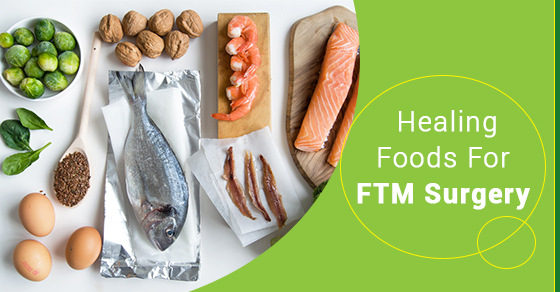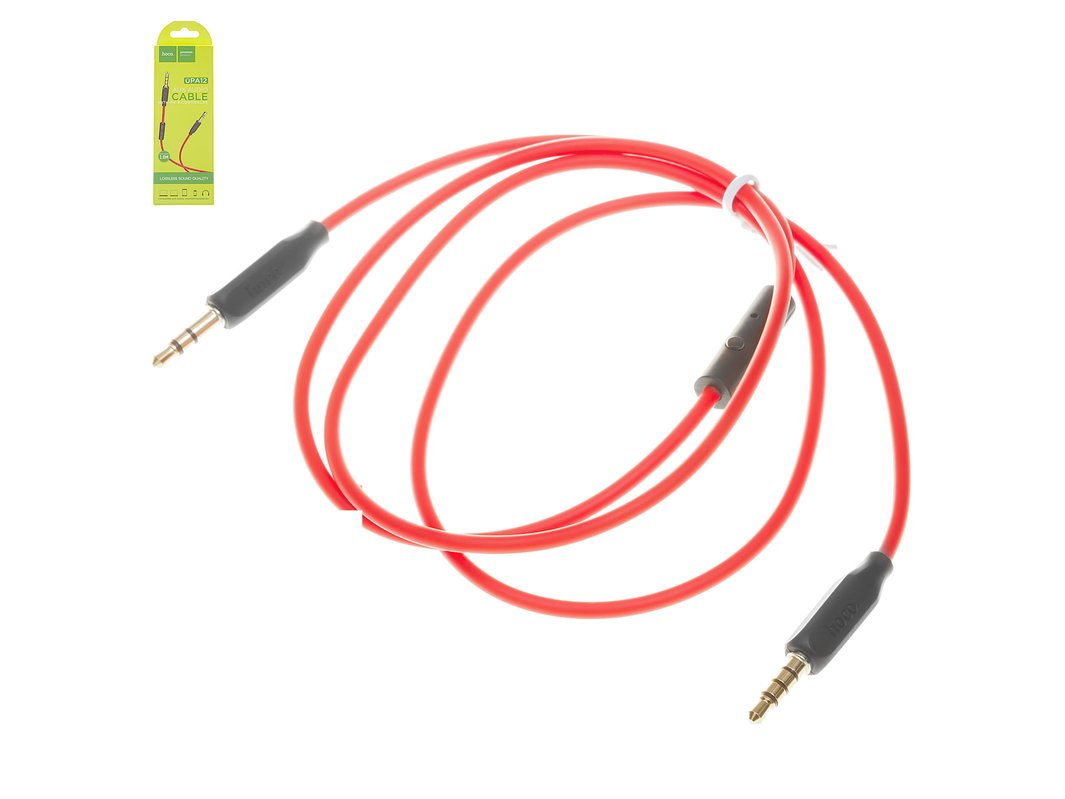
This process was pioneered by the Romans, Indians, and Chinese ancients. Buddha instructed the world about salt storage and collection in the early fifth century BC. To collect the brine, the Romans used ceramic containers known as briquetage. The concentrated salt was scraped by workers and washed off any impurities. They then used the brine to pour into shallow pans. The workers then sold the dried, powdered sea salt to the people of the colonial New World. Slave workers were brought from Africa to work on salt rakes on different islands in the West Indies.
Most people know the basics of table salt. However, not everyone is familiar with how sea salt is made. While the main ingredient of table salt is sodium chloride, sea salt also contains several other minerals, such as magnesium, iron, calcium, and potassium. These minerals can be found in small amounts in sea salt and are also incorporated into salt crystals. You should not consume these minerals in excess. However, adding a pinch of it to your dish will give you additional nutrition and mineral nutrients.

Sea salt is the most commonly used type of salt. It is a salt that comes from warm climates. To get it, you need to flood man-made lakes with salt water and wait for it evaporate. The water evaporating from the man-made pool will leave behind the crystals. These man-made pool are known as "saltworks". The process of harvesting sea salt takes billions upon billions of a years. Different methods of harvesting the salt are used.
The process of sea salt production is quite complex. First, you need to extract seawater. The process involves evaporating the water from the ocean. The water is allowed in the water to dry, and then concentrated. After this, the sea salt can be sold. Then, the resulting product is labeled as unrefined or refined. The unrefined salt may appear grey or have trace minerals or marine bacteria, which contributes to its complex flavor.
Sea salt harvesting is easy. The salt crystals formed at the bottom and are almost dried. By pouring water on the salt and then scraping it off, the impurities can be removed. This is a great way to get sea salt. It's very inexpensive and readily available. It can be found in many countries. Once harvested, the salt can be used for human consumption. Its uses are endless.

Extracting salt from seawater is similar to extracting salt water. Each salt extraction process is different. Some sea salts can be taken from the ocean, while others come from the earth. Chemicals are used for the extraction of salt in these cases. To extract the iodine from the sea, the minerals are taken out of the sea. Salt is also processed to get rid of minerals that make it edible.
FAQ
How long do I need to fast for weight loss?
It is not as easy as you think. When determining the number of days you should fast for optimal fat reduction, there are many factors to consider. These are:
-
Your age. If you are younger than 40, intermittent fasting might be too difficult because you have less time for recovery after each fast. You may not have enough energy for a sustained period of daily fasting if you are older (over 60).
-
Your current body composition. If you already have a lot of muscle mass, you'll likely benefit most from longer periods of fasting. However, if you have little muscle mass, then shorter periods of fasting may be better suited for you.
-
How physically active you are. Exercise regularly and you may need to extend the fasting window in order to get enough sleep between workouts.
-
Your medical history. Patients with certain medical conditions, such as heart disease, diabetes, or cancer, may need additional fasting monitoring.
-
How do stress and anxiety affect you? Stressful situations can make us eat more. This problem can be avoided by increasing the length of your fasting periods.
-
It is the type of diet you are following. Certain diets, like ketogenic diets, may require even longer fasting periods.
-
The quality of sleep you receive. Insufficient sleep has been associated with decreased metabolism and increased appetite. Therefore, it may take some experimentation before determining what works best for you.
-
The amount of protein you consume. Protein helps stabilize blood sugar levels, which means that eating more protein could potentially lead to lower insulin levels. This would allow one to fast for longer periods.
-
Whether you're trying to gain or lose weight, people who are trying to gain weight usually require longer fasting periods than those who are trying to lose weight.
-
How many calories did you consume during your fasting period? You may lose more weight if you eat fewer calories each day than if you eat more.
-
Your fitness level. Faster people are more likely to be fit, and burn more calories during the day.
-
Your gender. Men are more hungry than women so they may have to fast for longer periods. Women have smaller appetites than men, so they may need to fast just 20-30 minutes each day.
-
Your lifestyle. Are you someone who gets plenty of physical activity? Do you workout several times each week? Is your job a long, sedentary one? All of these things can affect the amount of time you should fast.
-
What amount do you spend on food each month? Eating healthy foods doesn't necessarily mean spending much money on groceries. Whole grains can be replaced by white bread, fruits can replace candy bars, and lean cuts of meat can be used to save money.
-
How important it is for you to control your hunger. You may not have to fast as often if it is important to eat regularly.
What foods are good for me to lose weight quickly?
You can lose weight more quickly by eating fewer calories. Two ways to achieve this are:
-
Reduce how many calories you eat daily.
-
Increase the number of calories you burn through physical activity.
It is easy to reduce calories. There are calorie-laden fast food options all around us. Here are some foods that can help you lose those extra pounds.
-
Beans contain high levels of fiber and protein. Beans are low in fat and therefore a great choice for those who are trying to cut down on their caloric intake.
-
Oatmeal is low on calories but high in nutrients, such as magnesium or potassium. Oatmeal has less sugar than other cereals.
-
Eggs contain high levels of protein and cholesterol. Eating eggs at least twice a week can increase your metabolism, which helps you burn more calories.
-
Whole grain bread has been shown to reduce hunger pangs so that you may feel fuller longer.
-
Dark chocolate is full of antioxidants. Flavonoids have been linked to lower blood sugar and improved heart health.
-
Cottage cheese is rich in calcium which aids in bone strength. It is also rich in vitamin D, which increases immunity.
-
Salmon is high in omega-3 fatty oils, which are good for brain development and heart health.
-
Green tea is rich in catechins, compounds which fight cancer and increase metabolism.
-
Broccoli is a great source of folic acid, which reduces homocysteine levels in the blood. High homocysteine levels have been associated with an increased risk of stroke and heart disease.
-
Yogurt is a great way to add probiotics into your diet without loading up on added sugars. Probiotics are important for your digestive health.
-
Berries are a delicious snack option that's also very nutritious. Blueberries, strawberries, blackberries, raspberries, and cranberries are all excellent sources of vitamins and minerals.
-
Avocados are bursting with healthy fats. A half avocado contains 80 calories and plenty of fiber.
-
Nuts can be enjoyed as a snack, but they are also rich in protein. You can choose from cashews or hazelnuts, almonds, walnuts or pecans.
-
Sweet potatoes are another starchy root vegetable rich in beta carotene. It makes your skin shine. Orange sweet potatoes have a higher amount of beta carotene that regular sweet potatoes.
What Amount Of Exercise Is Needed For Weight Loss?
There are many factors that influence the amount of exercise required to lose weight. These include your gender, age, body type and how heavy you are. Most people require at most 30 minutes of moderate physical activity five times per week.
The American College of Sports Medicine recommends 150 minutes of moderate-intensity aerobic activity each week, spread over three days.
If you are trying to lose 10 pounds, 300 minutes of moderate intensity exercise per week is a good goal. This includes activities such as brisk walking, swimming laps, biking, dancing, playing tennis, golfing, hiking, jogging, running, and other similar activities.
Start out with 20 minutes of vigorous physical activity three times weekly if you're just getting started. This could be lifting weights, sprinting, jumping rope, and fast walking.
Aerobic exercise can help burn calories as well as build muscle mass. Muscles can burn more calories that fat. You may be able to achieve your goal quicker by building muscle and losing fat.
Are there side effects to intermittent fasting
There are no known negative side effects of intermittent fasting. You might have minor problems if your plan is not well thought out.
For example, if you skip breakfast, you might be irritable all day long. It is possible to experience headaches and muscle cramps.
These symptoms usually resolve within a few weeks.
Does intermittent fasting affect my sleep?
Yes, intermittent fasting does affect your sleep. You may notice an increase in hunger hormones if you skip meals. As a result, you may find yourself waking up at night.
Experts suggest skipping breakfast. Instead, experts recommend eating light snacks before bed.
If you are still hungry after your snack, you can eat a small dinner right before you go to bed.
However, you should not overeat. You will end up gaining weight rather than losing it.
What is the best activity for busy people?
You can stay fit by exercising at home. You don't need to join any gym. You can do simple exercises at home without spending much money on equipment.
It is all that you need: a pair or dumbbells, a pad, a chair and a timer.
It is important to be consistent in your exercise routine. If you are absent for a few weeks, you could lose your motivation.
Start by lifting weights 3x per week. These could include push-ups/pull-ups/squats, push-ups/pull-ups or dips/curls.
Once you have mastered the basic movements, it is possible to move on to other types such as running and jumping rope, skipping or yoga, Pilates, dance, swimming, weight lifting, tennis, golf, playing basketball, soccer, volleyball, badminton or squash.
Choose the one that fits your lifestyle. Avoid exercises that demand too much energy if you work long hours.
If you are a night person, it's a good idea to work out during the evening rather that in the morning.
Remember to listen to your body and stop when you feel tired.
What Can You Lose in One Week?
Your body fat percentage determines how much weight you are able to lose. To begin, you need to determine how much weight that you would like to lose. Next, find your BMI (Body Mass Index). Your BMI is a measure of how much weight you need to lose. If your BMI is 25 or greater, you're overweight. If your BMI exceeds 30, you may be obese.
Your BMI is calculated at 28.7 if your weight is 200. To drop to a healthy range of weight, you will need to lose approximately 70 pounds. To see if you're overweight, visit www.healthyminds.com/bmi/.
Once you have your BMI, you are able to use this formula for calculating how many pounds each week you will lose.
(Your Goal Weight - Current Weight)/BMI * 7 Number Of Pounds Lost Per Week
To lose 50lbs in a month you will need 2 weeks worth of exercise. This equals 56 days. Then, divide that by 7 pound per day. That works out to 8.3 pounds lost per week.
You could also try this calculator from www.weightlosscalculator.net. It will give you an approximate estimate of the calories you need to lose 1 pound each week.
Statistics
- Among women, the increase in metabolic rate was nearly 4%, or 50 more calories per day (14Trusted Source (healthline.com)
- One 6-month study showed that simply doing 11 minutes of strength-based exercises 3 times per week resulted in a 7.4% increase in metabolic rate, on average. (healthline.com)
- It's estimated that half of all American adults attempt to lose weight every year (1Trusted (healthline.com)
- One study in 9 active men found that HIIT burned 25–30% more calories per minute than other types of exercises, including weight training, cycling, and running on a treadmill (18Trusted Source (healthline.com)
External Links
How To
9 tips to lose weight naturally
People worldwide face the biggest problem of losing weight. If you're constantly trying to lose weight, it can be very difficult to live a healthy life. While you can lose weight through diet and exercise, it is not permanent.
I'm going to share with you some natural methods to lose weight, without side effects. Let's start!
-
Lemon Water Drinking lemon water helps to flush out toxins from your body. This drink helps to detoxify your body and gives you energy throughout the day. This drink is great for weight loss.
-
Eat More Vegetables. Vegetables have fiber, vitamins minerals, antioxidants, as well other nutrients that are important for our health. They provide us with a feeling that we are full. Eating vegetables can help you lose weight.
-
Increase Protein Intake. Protein is an important nutrient that plays an important role in building muscles. A high-protein diet can help build lean muscles, and decrease your weight.
-
Green Tea is the best. Green tea contains caffeine. It reduces appetite as well as increases metabolism. Research has shown that caffeine can increase thermogenesis, or the process by which heat is created. Thermogenesis is what makes coffee drinkers more likely to consume less fat than non-coffee drinking counterparts.
-
Use cold showers. You can burn more calories by taking cold showers. Research shows that cold showers have up to 50% less calories than warm showers.
-
Avoid Alcohol. Overeating is often caused by alcohol. You will easily gain weight if you drink alcohol often.
-
Cardio Exercise Daily. Cardiovascular exercise is effective at reducing weight. It improves blood flow, increases energy, and keeps you in shape. You can walk, run, swim, cycle, swim, ski, bike, hike, dance, row, or just do some of the other activities.
-
Do not skip meals It is better to eat small meals throughout your day than three big meals. This will help you manage hunger pangs. You will feel tired and less focused if you skip meals.
-
Reduce Sugar Consumption. Sugar is addictive and can negatively impact your mood. Sugar gives you a temporary boost of energy, but after eating sugar, you become tired and sluggish.